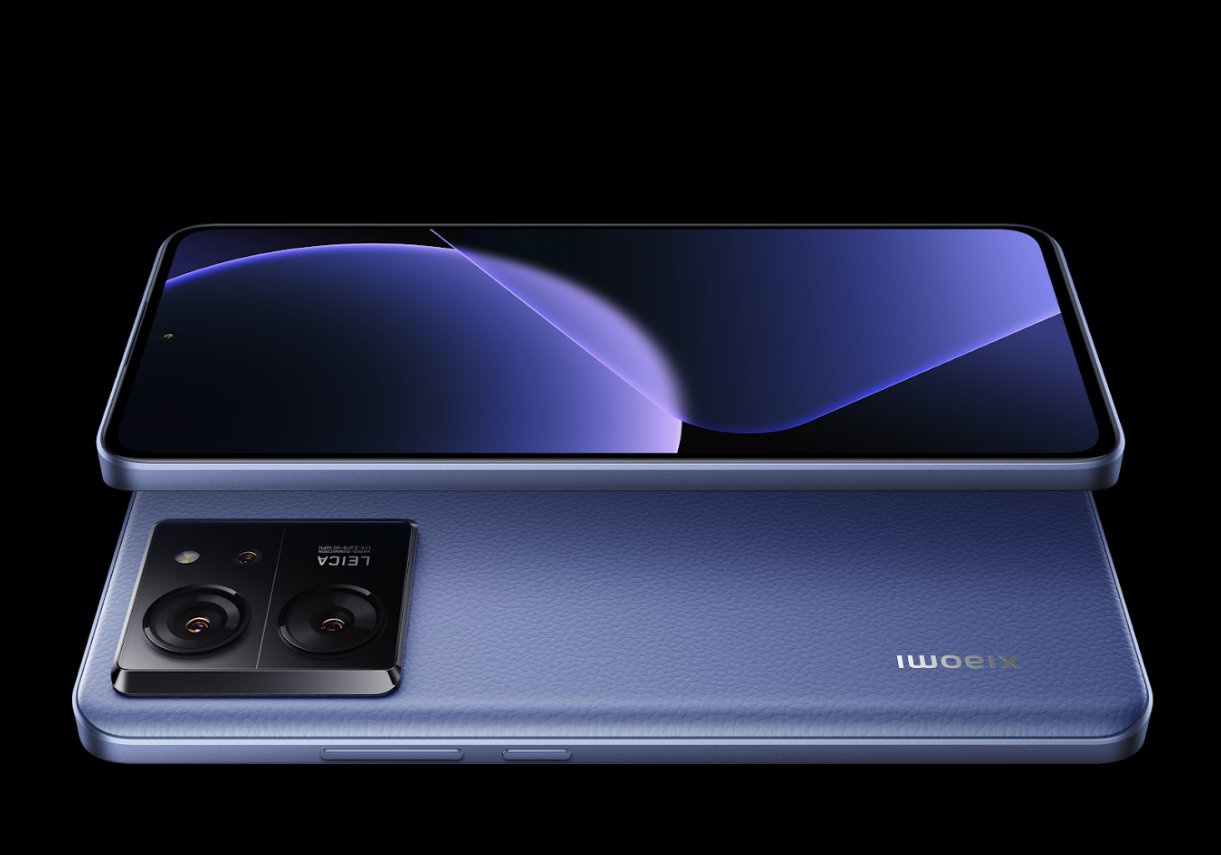Xiaomi 13T and 13T Pro offer flagship specs for mid-range prices

Xiaomi 13T and 13T Pro offer flagship specs for mid-range prices
Xiaomi has taken the covers off the Xiaomi 13T and Xiaomi 13T Pro, its next-generation smartphones aimed at offering flagship-grade specs without the hefty price tag.
Starting at £549 for the standard 13T and £649 for the 13T Pro (we’re still waiting on US and Australian pricing and availability, if any comes at all), the new phones undercut the likes of the iPhone 15 and Samsung Galaxy S23 by several hundred pounds but still have solid specs, such as fast charging, a comprehensive camera suite, and high refresh rate displays.
Let’s start with the 13T. Available from September 26, the standard phone comes with the MediaTek Dimensity 8200 Ultra chip (found in the Xiaomi 12T Pro), and has 8GB or 12GB of RAM matched with 256GB of storage. Color options are Meadow Green, Black, and Alpine Blue, with the former two options offering a glass back and the latter having a vegan leather back, which is a departure from the plastic back of the 12T.
The 13T’s 6.67-inch FHD+ display gets an adaptive 144Hz AMOLED display with a peak brightness of 2,600 nits and support for Dolby Vision and HDR10+ content. This is a bump up from the 12T’s 120Hz display.
The rear camera array sees the Xiaomi 13T drop the 108MP main camera of its predecessor in favor of a 50MP camera developed in conjunction with Leica and sporting a 24mm equivalent focal length and a 7P aspherical lens that Xiaomi says is designed to capture more light to support high dynamic range shooting.
The ultrawide camera jumps from a somewhat paltry 8MP of the 12T to 12MP in the 13T, which should make for sharper landscape shots. Plus, the somewhat irrelevant 2MP macro camera found on the 12T is replaced with a 50MP telephoto camera. On the front, you’ll find a 20MP selfie camera with support for night and portrait shooting modes.
Other key specs include a 5,000mAh battery with 67W fast charging, IP68 water and dust resistance, and Dolby Atmos stereo speakers.
Go Pro

The Xiaomi 13T Pro shares the same camera specs as the 13T, which sees it drop the 200MP lens, but gain an overall camera upgrade. For what it’s worth we weren’t blown away by the 200MP sensor on the Xiaomi 12T Pro, which used pixel binning to produce 12MP shots anyway; a large sensor can capture more details in smartphone photography, but the real quality of the shots mostly relies on image processing and computational smarts.
On the chip side, the 13T Pro gets the new MediaTek Dimensity 9200+, which could be seen as a downgrade on the Snapdragon 8 Plus Gen 1 of its predecessor. But we’d have to test that to see if MediaTek’s chip has impressive performance now that it’s on a 4-nanometer process. RAM comes in 12GB or 16GB options, with storage available in 256GB, 512GB, or 1TB.
Aside from support for Xiaomi’s 120W HyperCharge charging tech, the 13T Pro shares the same specs as the 13T, but is ever so slightly heavier at 200g to the 13T’s 193g.
On the whole, the Xiaomi 13T Pro doesn’t look to offer a huge upgrade over its predecessor but it does see a decrease in price from the 12T Pro’s £699 price tag, something that’s the opposite of other phone makers who have increased the price of their flagships.
The Xiaomi 13T does see a jump in price over its predecessor, which started at £499. But the 13T looks set to offer a decent suite of upgrades for £50 more.
We’ll have to put the new phones to the test to see if their on-paper specs translate into impressive phones for real-world use. But they’ll need to bring their A-game to find a spot on our best Android phones list.

